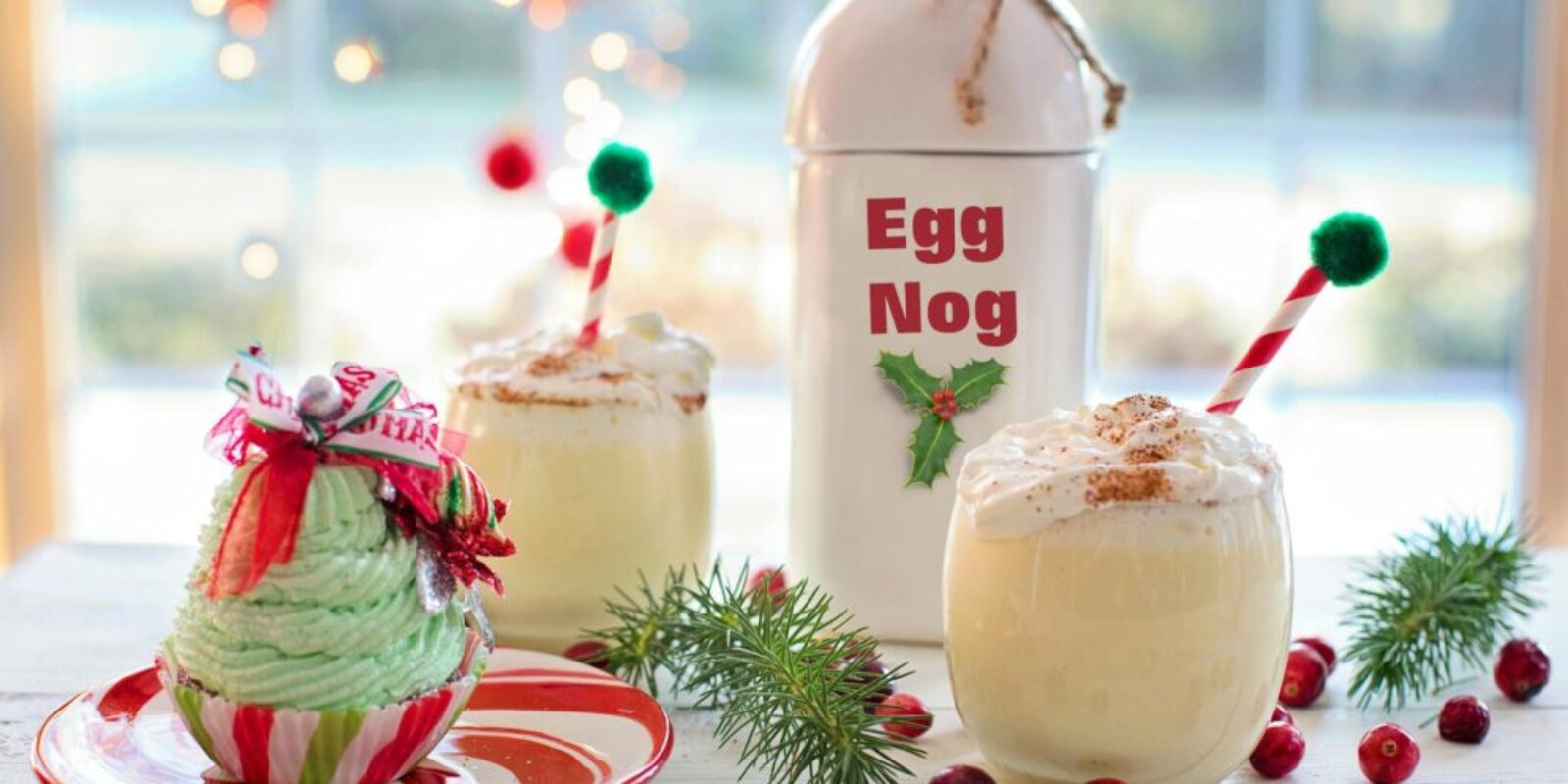Eggnog is a rich, creamy, and festive drink that has been enjoyed for centuries, especially during the winter holidays. If you want to impress your family or friends with a homemade treat, this guide will walk you through every step—from understanding the history of eggnog to mastering the perfect recipe. This expanded article is written in simple language so anyone, including ninth graders, can follow along.
What Exactly Is Eggnog?
Egg nog is a traditional holiday beverage made from eggs, milk, cream, sugar, and spices such as nutmeg and cinnamon. Sometimes, adults add alcohol like rum, brandy, or bourbon, but you can easily make a delicious, non-alcoholic version that’s great for all ages. Egg nog is usually served cold, but some people enjoy it warm, especially on cold winter nights.
A Brief History of Eggnog
The origins of eggnog go back to medieval Europe, where a hot, milky, alcoholic drink called “posset” was popular among the upper class. Over time, this drink evolved and spread to America, where it became associated with the holiday season. In the United States and Canada, eggnog is now a staple at Christmas and New Year’s gatherings, often found in cartons at the grocery store, but homemade versions have a special flavor and texture that store-bought ones can’t match.
Ingredients You Will Need
- 2 large eggs (the fresher, the better)
- 2 cups of whole milk (gives creaminess, but you can use 2% if needed)
- 1/2 cup of heavy cream (for a rich, thick texture)
- 1/3 cup of granulated sugar (you can use a little more or less, depending on your taste)
- 1 teaspoon of vanilla extract (for flavor)
- 1/4 teaspoon of ground nutmeg (plus more for serving)
- Pinch of ground cinnamon
Supplies Checklist
- Medium-sized mixing bowl
- Whisk (a fork works in a pinch)
- Medium saucepan
- Measuring cups and spoons
- Stove
- Ladle (or any large spoon)
- Thermometer (helpful, but optional)
- Pitcher or large bowl for chilling
Step-by-Step Instructions for Making Eggnog
- Mix the Eggs and Sugar.
- Crack both eggs into your mixing bowl. Add the sugar. Whisk them together really well until the mixture looks smooth and a little lighter in color. This makes the eggnog creamy and helps dissolve the sugar.
- Heat the Milk and Cream.
- Pour the milk and cream into your saucepan. Place it on the stove over medium heat. Stir often. You want the mixture to get hot, but don’t let it boil—look for small bubbles forming at the edges.
- Temper the Eggs.
- This is the trickiest part, but don’t worry! Slowly pour about half of the hot milk mixture into the egg-sugar mix while whisking constantly. This step is called “tempering” and keeps the eggs from scrambling.
- Combine and Cook.
- Pour everything from the bowl back into the saucepan with the rest of the milk. Place it back on low heat. Stir all the time—don’t walk away! Keep cooking until the eggnog thickens a bit and reaches about 160°F (71°C). If you don’t have a thermometer, look for it to coat the back of a spoon (it should leave a line when you run your finger across it). Don’t let it bubble or boil.
- Add Flavors.
- Take the saucepan off the heat. Stir in the vanilla, nutmeg, and cinnamon. Taste it—if it needs more sugar or spice, add a little at a time.
- Chill and Serve.
- Pour the eggnog into a pitcher or bowl. Cover it, then place it in the refrigerator for at least two hours. Egg nog tastes best when it’s cold! When you serve it, sprinkle a little nutmeg on top. Some people like to add a cinnamon stick for decoration.
Extra Tips for the Best Eggnog
- Always temper the eggs slowly—that way, you won’t end up with scrambled eggs in your drink.
- Check the temperature if you can. 160°F (71°C) is hot enough to kill any bacteria but won’t cook the eggs too much.
- Customize it! Add more or less sugar and spices to match your taste. If you like it thicker, use a bit more cream. For a lighter version, use more milk.
- If you want to try the adult version for a family gathering with adults, add a splash of rum, brandy, or bourbon after the eggnog has cooled down. Only do this with adult permission!
- Store leftovers in the refrigerator and drink them within two days for best quality.
Why Should We Cook the Eggs?
Cooking the egg mixture is important for safety. Heating it to 160°F (71°C) kills any harmful bacteria (like Salmonella) that could be found in raw eggs. Always use fresh, high-quality eggs. If you’re worried about safety, you can buy pasteurized eggs at most stores.
Fun Ways to Enjoy Eggnog
- Top with whipped cream and a sprinkle of cinnamon.
- Use it as a base for a milkshake—just blend with ice cream!
- Try dipping cookies or gingerbread into your chilled eggnog for a holiday treat.
Frequently Asked Questions
- Can I make eggnog ahead of time? Yes! Make it a day in advance and let it chill in the fridge overnight. The flavors will become even richer.
- Can I use dairy alternatives? You can try almond, oat, or soy milk, but the texture will be lighter and less creamy than with regular milk and cream.
- Is it safe to drink raw eggnog? Only if you use pasteurized eggs and keep it very cold. It’s safer (and just as tasty) to cook the mixture as described above.
Whether you’re new to the kitchen or already a holiday food pro, making eggnog from scratch is a fun and rewarding experience. Enjoy your homemade eggnog and the holiday cheer it brings!



